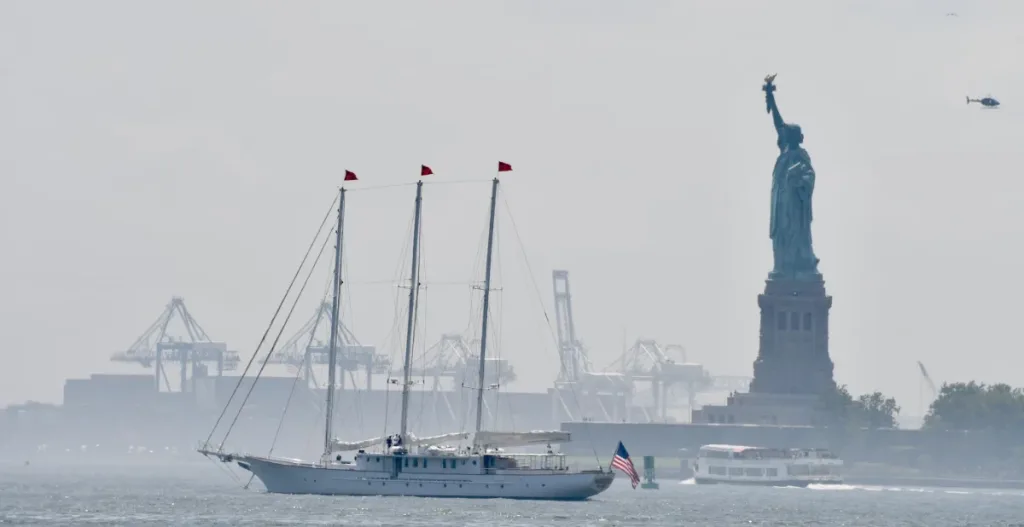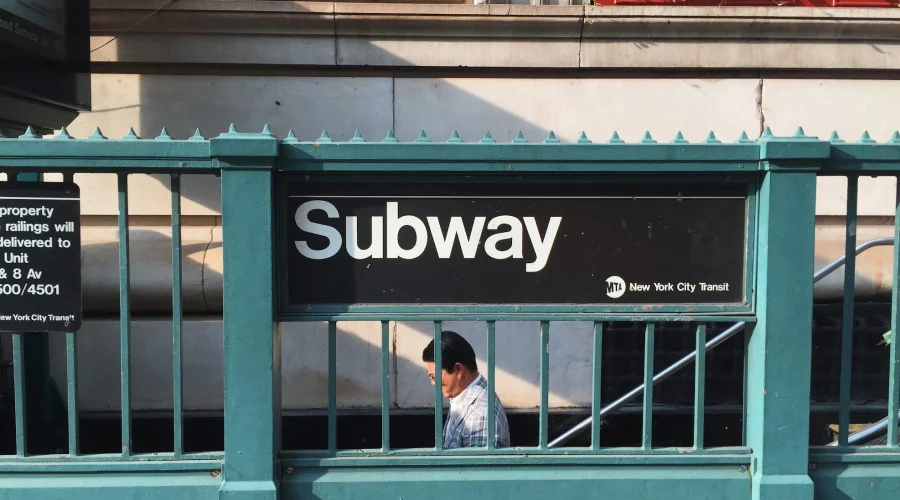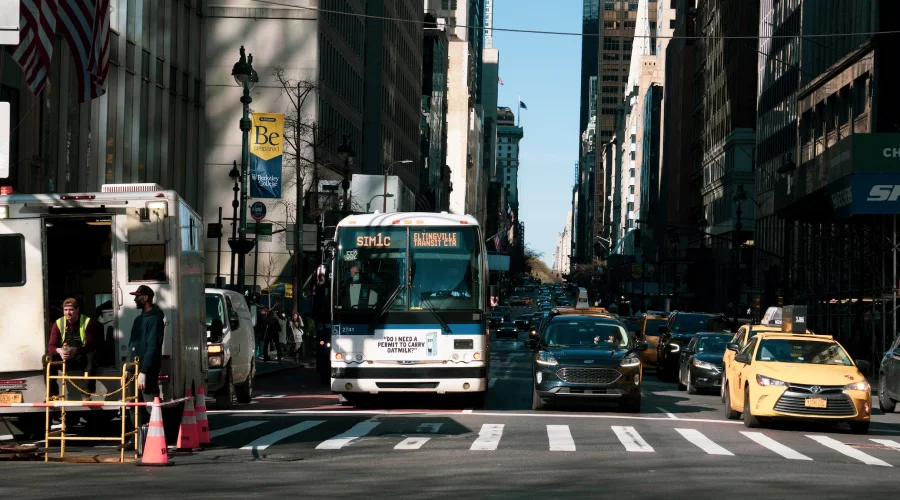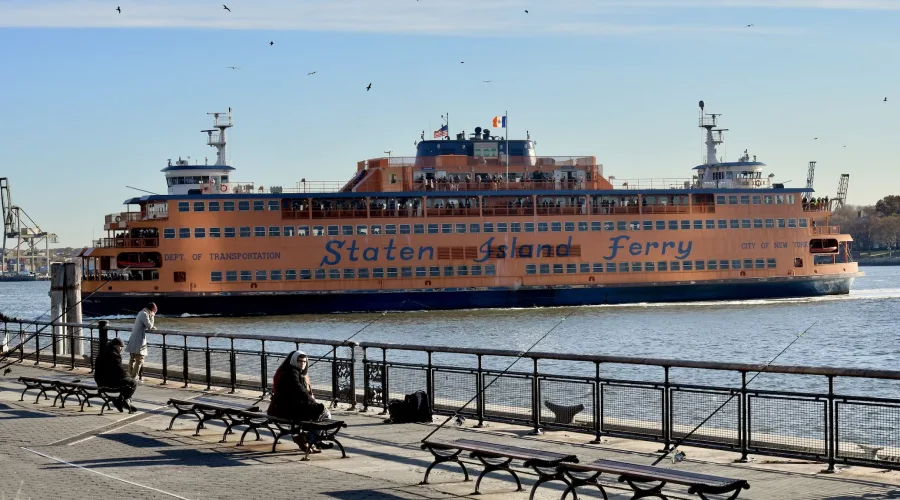How to get around New York

Navigating the vast and vibrant city of New York can be a thrilling adventure, and it’s essential to have a solid understanding of the various transportation options available. From the iconic subway system to buses, trains, taxis, ferries, and more, there are plenty of ways to get around the city. In this comprehensive guide, we’ll explore each mode of transportation and offer tips on how to use them effectively to make the most of your time in the Big Apple.
Subway: The Lifeline of NYC
The New York subway system is the beating heart of the city’s public transportation network. It’s one of the largest and busiest urban transit systems globally, serving millions of passengers every day. The subway spans across five boroughs, connecting Manhattan, Brooklyn, Queens, the Bronx, and Staten Island. With more than 400 stations and over 200 miles of track, it’s the most extensive subway system in the world.
The New York subway operates 24/7, making it a convenient way to travel throughout the day and night. Trains are color-coded, and each line is identified by a letter or number and a name (e.g., the A train or the 4 train). These lines crisscross the city, providing access to most major neighborhoods and landmarks. Stations are typically well-marked and easy to identify.
Using the Subway
- MetroCard: To ride the subway, you’ll need a MetroCard, a prepaid card that allows you to enter stations and access trains. You can purchase MetroCards at subway stations, vending machines, or select convenience stores. There are two types of MetroCards: Pay-Per-Ride and Unlimited Ride. The Pay-Per-Ride card is loaded with a specific dollar amount, while Unlimited Ride cards grant you unlimited subway rides for a set number of days.
- Navigating the Subway: NYC subway maps are readily available at stations and online. They provide details about the entire subway network, including stations, lines, and transfer points. Familiarize yourself with the subway map to plan your routes and transfers effectively.
- Riding Etiquette: Subway etiquette is essential. Allow passengers to exit the train before boarding, give up your seat to those in need, and keep the noise level down. Stand clear of the doors to allow them to close, and keep personal belongings close.
- Transfers: Some stations offer transfer points where you can switch between different subway lines or modes of transport, such as buses. Transfers are typically free if you use the same MetroCard within a defined time.

Train Travel: Beyond the City
While the subway primarily serves the five boroughs, New York City’s train network extends beyond the city limits. Metro-North Railroad and Long Island Rail Road (LIRR) provide commuter rail services that connect NYC to neighboring regions, including parts of New York State, Connecticut, New Jersey, and Long Island. These trains are ideal for day trips or if you’re staying in suburban areas and commuting to the city.
Bus: Navigating City Streets
New York City’s extensive bus network complements the subway system, providing access to neighborhoods and destinations not directly accessible by train. Buses operate 24/7 and are an excellent option for getting around when the subway doesn’t serve your destination directly.
Using the bus
- MetroCard: Just like the subway, you can use your MetroCard to pay for bus rides. Simply swipe your card when you board the bus.
- Bus Stops: Bus stops are marked with signs and sheltered areas in some locations. Make sure to check the route and direction of the bus before boarding.
- Bus Routes: NYC buses follow specific routes that may include local, limited, and express services. Limited buses make fewer stops, while express buses have even fewer stops and require a higher fare.
- Bus Schedules: Bus schedules are posted at many bus stops and online. Be aware of the frequency and operating hours of your chosen route.

Metro: Accessibility and Convenience
The Metropolitan Transportation Authority (MTA) operates both the subway and bus systems, collectively known as “mass transit.” The MTA offers several fare options, including unlimited ride passes and discounts for students, seniors, and people with disabilities. Accessibility improvements are ongoing, with many subway stations now featuring elevators and ramps for easier access.
Taxis: Hailing a Yellow Cab
Yellow taxis are iconic in NYC and provide an on-demand mode of transportation. You can hail a taxi by raising your arm when you see an available one with its rooftop light on. Taxis are metered, and fares are based on the distance and duration of the ride. Be aware that traffic can be heavy, especially during rush hours, so travel times can vary significantly.
Ferry: Scenic Waterway Travel
With its stunning waterfront and iconic landmarks, NYC also offers ferry services that provide both transportation and a scenic tour. The Staten Island Ferry, for example, offers free rides between Manhattan and Staten Island, providing breathtaking views of the Statue of Liberty and the city skyline. Other ferries, such as the NYC Ferry, connect various neighborhoods and boroughs.
In addition to these primary modes of transportation, alternatives like bike-sharing programs and rideshare services such as Uber and Lyft are widely available, adding further convenience and flexibility.
